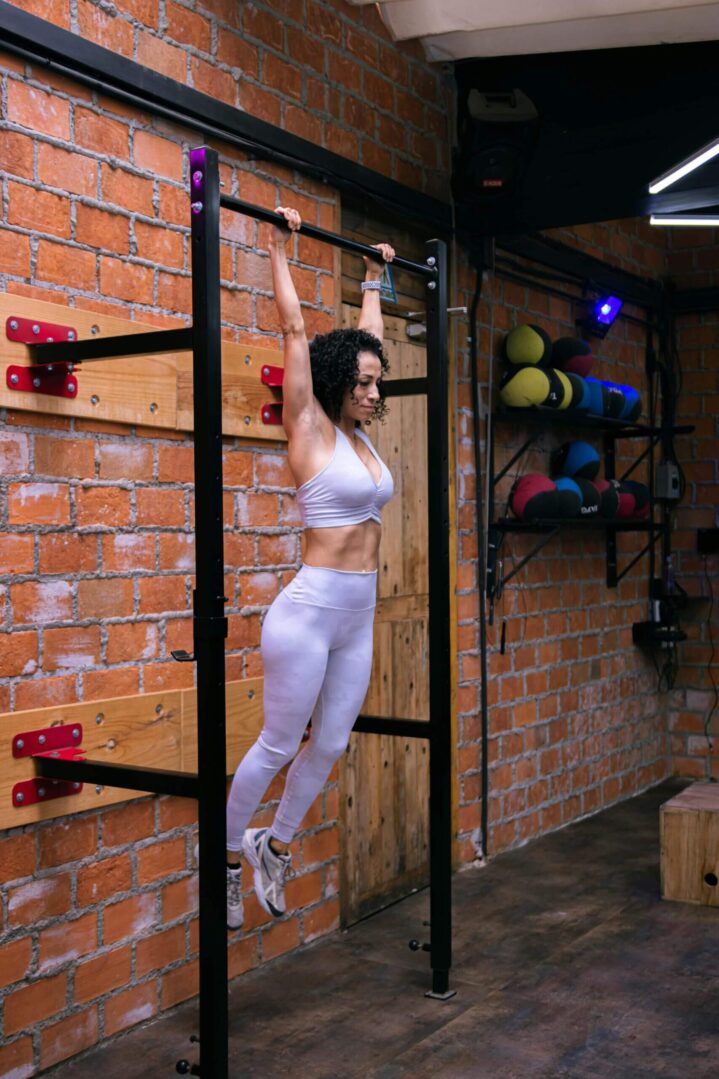
“ Shoulder Health and Role Of hanging”
May 03, 2024
Shoulder Health and the Role of Hanging: Insights from John M. Kirsch, MD
In his enlightening book, “Shoulder Pain? The Solution and Prevention,” Dr. John M. Kirsch delves into the intricate relationship between the rotator cuff tendon, shoulder impingement pain, and the therapeutic benefits of hanging exercises. Let’s explore Dr. Kirsch’s insights on how hanging can open the shoulder joint, alleviate tendon impingement, and promote shoulder and back health.
Understanding Rotator Cuff Tendon and Shoulder Impingement
The rotator cuff tendon plays a crucial role in stabilizing the shoulder joint and facilitating various arm movements. However, repetitive overhead activities, poor posture, and muscle imbalances can lead to inflammation and impingement of the rotator cuff tendon. This impingement causes pain, restricted range of motion, and discomfort in the shoulder region.
The Therapeutic Effects of Hanging on Shoulder Health
Dr. Kirsch advocates hanging exercises as a powerful tool to open up the shoulder joint, decompress the spine, and relieve pressure on the rotator cuff tendon. By hanging from a bar or using gymnastic rings, individuals can elongate the shoulder girdle, improve shoulder mobility, and create space within the joint to prevent tendon impingement.
How Hanging Alleviates Shoulder Impingement Pain
Hanging open the shoulder through exercises such as passive hangs, active hangs, and scapular retractions can:
Stretch and strengthen the muscles surrounding the shoulder joint, including the rotator cuff muscles.
Improve blood flow and circulation to the shoulder region, promoting healing and reducing inflammation.
Correct postural imbalances and alignment issues that contribute to shoulder impingement.
- Enhance shoulder stability, range of motion, and overall joint health.
Implementing Hanging Exercises for Shoulder Health
To incorporate hanging exercises into your routine and alleviate shoulder impingement pain:
Start with short hanging sessions and gradually increase the duration as your strength improves.
Focus on maintaining proper form, engaging the core muscles, and retracting the shoulder blades to maximize the benefits of hanging.
Consult with a healthcare provider.
Conclusion
Dr. John M. Kirsch’s insights underscore the importance of addressing shoulder impingement pain and promoting shoulder health through hanging exercises. By incorporating hanging into your fitness regimen, you can open up the shoulder joint, alleviate tension on the rotator cuff tendon, and support overall shoulder and back health.
Remember, by prioritizing shoulder mobility, proper alignment, and targeted exercises like hanging, you can mitigate shoulder impingement pain, enhance joint function, and enjoy greater freedom of movement in your daily activities.
